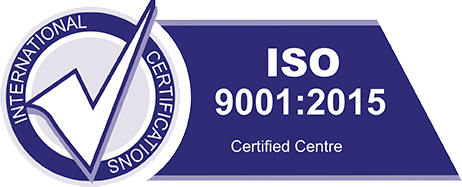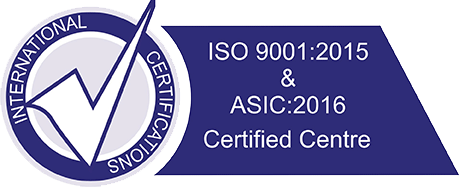Every individual has base line risk of problem which is also called priori risk. With respect to down’s syndrome, this risk varies for each women based on her age. This priori risk is modified or changed by the result of screening test (like NT, NB, free bhCG, PAPP-A)
As per FMF guidelines combined first trimester screening should be offered to all pregnant women between gestational age 11-14 weeks (CRL 45-84 mm). Combined first trimester screening includes maternal age, Nuchal translucency and biochemical marker (PAPP-A and β hCG). It has got detection rate of 90-92% with false positive of 5%.
These screening test acts as filters. Each filter has a likely hood ratio, which is the number of times by which the presence of marker increases the base line risk. Eg: if LR of a test is 5, then the chance of baby having down’s syndrome increases 5 times.
The test only predicts a risk does not tell us if the baby is affected or not. The result of the test will say whether the woman is at "low risk" or "high risk" for Down’s syndrome. The risk cut off above which the mother will be called as high risk is 1:250.
If the risk predicted is 1:250 or higher it is termed as screen positive indicating an increased risk for down’s syndrome. It does not mean that the baby is affected.
If the risk predicted is less than 1:250 it is termed as screened negative. This places you in low risk category and usually no further testing risk is required
We must also understand that screening test is not a diagnostic test and hence in cases of high risk report on combined first trimester screening we have to perform invasive diagnostic tests in the form of amniocentesis or CVS. In case the couple is very apprehensive of invasive procedure the next best alternative screening test is Non Invasive Prenatal Test (NIPT) which is based on cell free fetal DNA (cffDNA) technology. NIPT has detection rate of more than 99% with false positive less than 1% for downs syndrome. It has very high negative predictive value and hence very reliable.
We offer quadruple combined with genetic sonogram to women who have missed combined first trimester risk assessment to improve detection rate.
Both pretest and post test counselling is done so that the couple understands the purpose of the test and can judiciously give informed consent.
The main advantage is earlier reassurance in screened negative cases and option of CVS with diagnosis by 14th week in screened positive cases.
Further more for those who chose to terminate, decision can be made earlier and social issues can be handled better.


